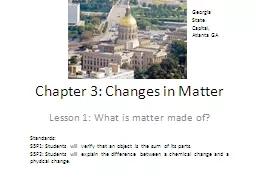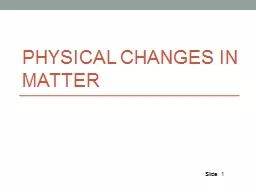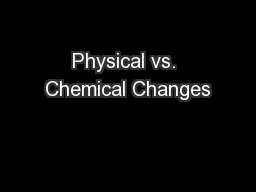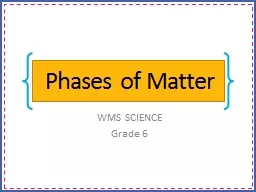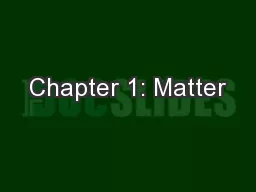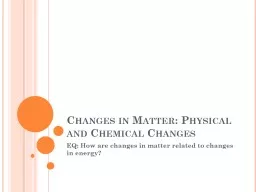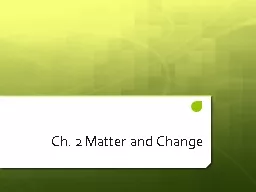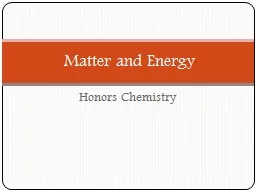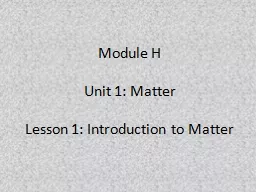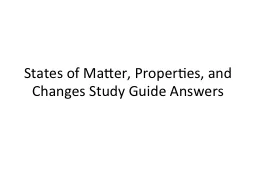PPT-Chapter 3: Changes in Matter
Author : liane-varnes | Published Date : 2018-11-03
Lesson 1 What is matter made of Standards S5P1 Students will verify that an object is the sum of its parts S5P2 Students will explain the difference between a chemical
Presentation Embed Code
Download Presentation
Download Presentation The PPT/PDF document "Chapter 3: Changes in Matter" is the property of its rightful owner. Permission is granted to download and print the materials on this website for personal, non-commercial use only, and to display it on your personal computer provided you do not modify the materials and that you retain all copyright notices contained in the materials. By downloading content from our website, you accept the terms of this agreement.
Chapter 3: Changes in Matter: Transcript
Download Rules Of Document
"Chapter 3: Changes in Matter"The content belongs to its owner. You may download and print it for personal use, without modification, and keep all copyright notices. By downloading, you agree to these terms.
Related Documents

